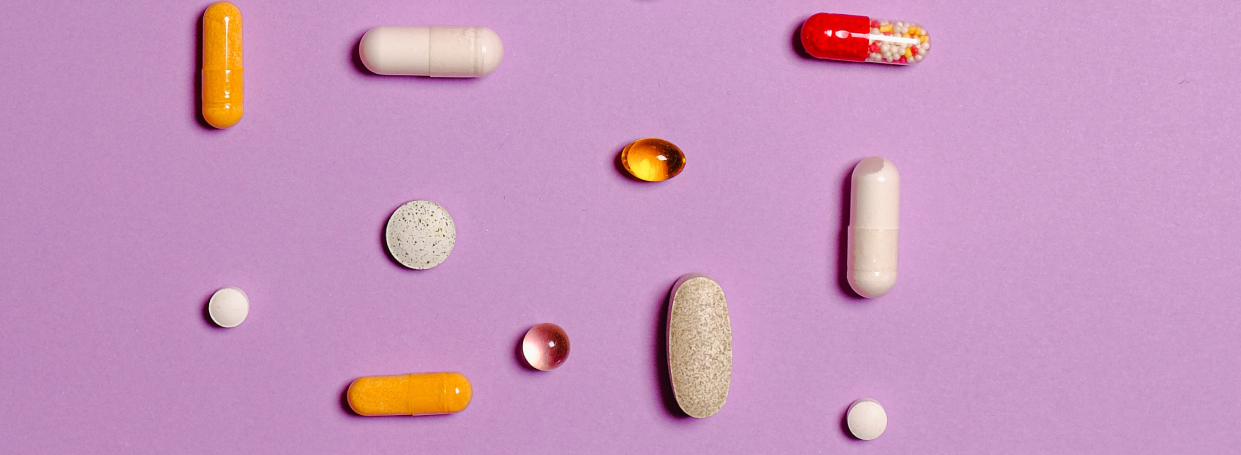

Primary ovarian insufficiency (POI) means that the ovaries stop working normally before the average age of 40 because the egg reserve is prematurely used up. POI affects around 1% of women before age 40, and around 0.1% of women before age 30.
This article has been verified by a medical professional
Impact of POI on fertility
In POI, there’s a decrease in estrogen and progesterone production in the ovaries. This causes infrequent ovulation or stops it altogether. You may have irregular periods or none at all – this is called amenorrhea. Without ovulation, it’s not possible to get pregnant because there is no egg available to be fertilized by sperm.
Research finds that women with POI have between a 5-10% chance of conceiving naturally without medical assistance. POI doesn’t increase the risk of pregnancy complications.
Potential causes of Primary ovarian insufficiency
In most cases (about 90%), it’s not clear what causes POI. But it can be due to the following things:
- Chromosome abnormalities (Fragile X syndrome and Turner syndrome)
- A low follicle count
- Autoimmune conditions (such as hyperparathyroidism or rheumatoid arthritis)
- Cancer treatments
- Metabolic disorders
- Toxins (cigarettes, chemicals, and pesticides)
- Pelvic surgery
- Diabetes mellitus
A family history of POI increases the chance of having it.
Symptoms
The first symptom of POI is irregular or missed menstrual periods. Low estrogen levels also cause menopause-like symptoms, such as:
- Hot flashes
- Night sweats
- Mood changes (irritability, depression, and anxiety)
- Trouble concentrating
- Sleeping problems
- Low sex drive
- Painful sex (dyspareunia)
- Vaginal dryness
- Infertility
Additionally, POI can increase the risk for osteoporosis (bone loss and fractures), heart disease, and thyroid problems.
Diagnosis
POI is diagnosed with blood tests for hormone levels. You may also have a chromosome analysis test and a pelvic ultrasound to check if your ovaries are enlarged or have multiple follicles.
Treatment to improve fertility
Unfortunately, as of right now, there isn’t a proven treatment method that can restore the normal function of the ovaries. But fertility treatments are available to help you conceive, and you should visit a fertility clinic right away to have the highest chance of getting pregnant.
In vitro fertilization (IVF) is an effective treatment option for women with POI. If you have enough eggs remaining in your ovaries, you can use your own eggs for IVF. But if your level of anti-Mullerian hormone (AMH) is undetectable (a marker of the egg reserve) and you have low estrogen, you will likely need to use donor eggs. Studies show high pregnancy and birth rates for women that use donor eggs – up to 60% success per embryo transfer. Note that egg donation is not available in all countries, including Germany.
If POI is due to a genetic disorder, such as Turner syndrome, it’s recommended to undergo genetic counseling. Because pregnancy can be very dangerous for women with this condition, research suggests using a surrogate.
There are also some experimental treatment techniques not yet widely used in clinics that you may consider discussing with your doctor:
- In vitro maturation (IVM): In this technique, immature eggs are retrieved (without taking medication to stimulate the ovaries) and matured in a petri dish. Then they are fertilized through intracytoplasmic sperm injection (ICSI). This is a method to preserve fertility for women undergoing cancer treatments and is suggested for women at risk of ovarian hyperstimulation syndrome.
- In vitro activation (IVA): This method involves surgically removing a part of ovarian tissue using laparoscopy and dividing it. Then the tissue is put back into the body and attached to the other ovary to activate the “sleeping” follicles inside the tissue. After recovery, you can take medication to stimulate the ovaries and proceed with IVF treatment.
Besides fertility treatments, women with POI are usually prescribed hormone therapy to aid with symptom relief and prevent osteoporosis. It is available in pill form, as a skin patch, and as a vaginal ring.
Eating a healthy, balanced diet and getting regular exercise are important preventive measures to decrease the risk of developing osteoporosis and heart disease. It’s also recommended to take at least 1,200 to 1,500mg of calcium and 1000 IU of vitamin D daily to promote bone health.
This article has been verified by a medical professional
- Primary Ovarian Insufficiency. Endocrine Society. Accessed 14 December 2022.
- Primary Ovarian Insufficiency. Medline Plus. Accessed 14 December 2022.
- Sullivan SS, MD et al.: Hormone replacement therapy in young women with primary ovarian insufficiency and early menopause. Fertility and Sterility. 2016;106(7):1588-1599.
- Ben-Nagi J and Panay N: Premature ovarian insufficiency: how to improve reproductive outcome? Climacteric. 2014;17(3):242-246.
- What are the treatments for POI? Eunice Kennedy Shriver National Institute of Child Health and Human Development. Accessed 15 December 2022.
- Chae-Kim J and Gavrilova-Jordan L: Premature Ovarian Insufficiency: Procreative Management and Preventive Strategies. Biomedicines. 2019;7(1):2.
- Activation of ovaries – IVA(in vitro activation). Elite Klinik. Accessed 15 December 2022.
You might also like...

Excess vitamin B12 and pregnancy
Excess vitamin B12 during pregnancy can increase the risk of health complications for the baby. Vitamin B12 is an essential vitamin that...

Macrocytic hyperchromic anemia
Macrocytic hyperchromic anemia means that your bone marrow produces unusually large and dark red blood cells. These cells don’t have the nutrients...

Leukopenia
Leukopenia means that you have a low white blood cell count. White blood cells, or leukocytes, are vital to your immune system....

Endometriosis
Endometriosis is a condition where tissue like your uterine lining grows outside the womb: on the ovaries, fallopian tubes, pelvic tissues, or...

Microcytic hypochromic anemia
Microcytic hypochromic anemia means that your body has too few red blood cells and these cells are smaller and paler than usual....

Normocytic normochromic anemia
Normocytic normochromic anemia means that you have a low red blood cell count, but your red blood cells have a normal shape,...

Vitamin B12 Deficiency
Vitamin B12 is an essential nutrient that our bodies need to work properly. It helps with nerve function, cell metabolism, and the...

Hypervitaminosis D
Hypervitaminosis D, also known as vitamin D toxicity or vitamin d overdose, is what happens when you have too much vitamin D...




